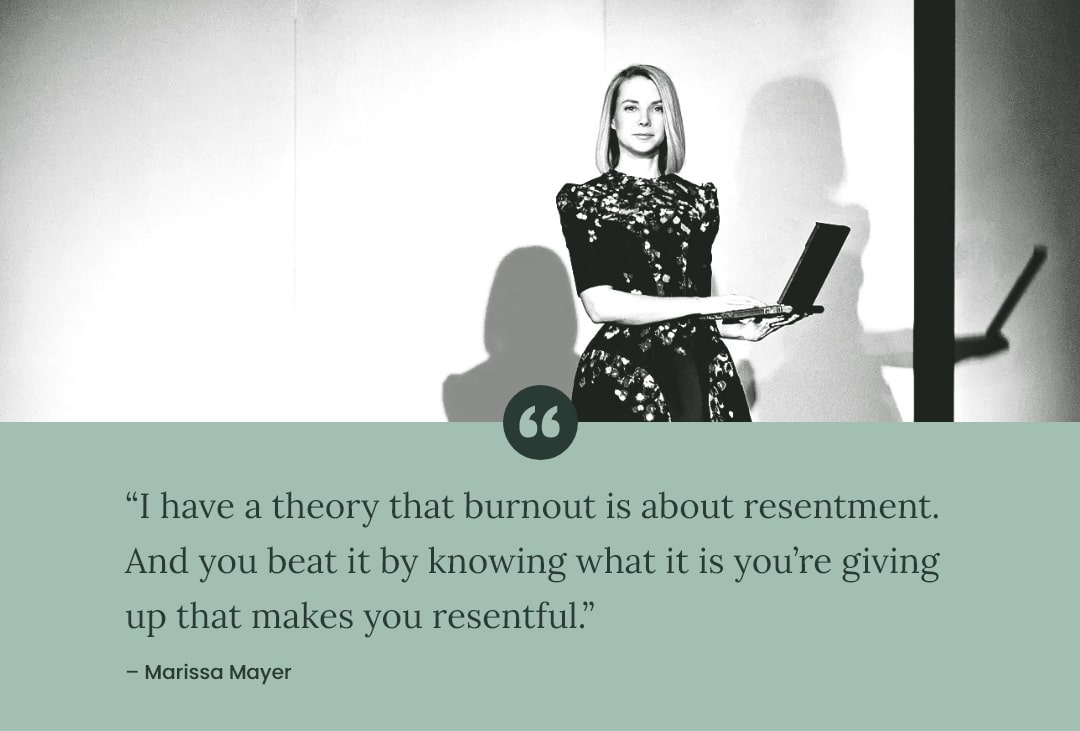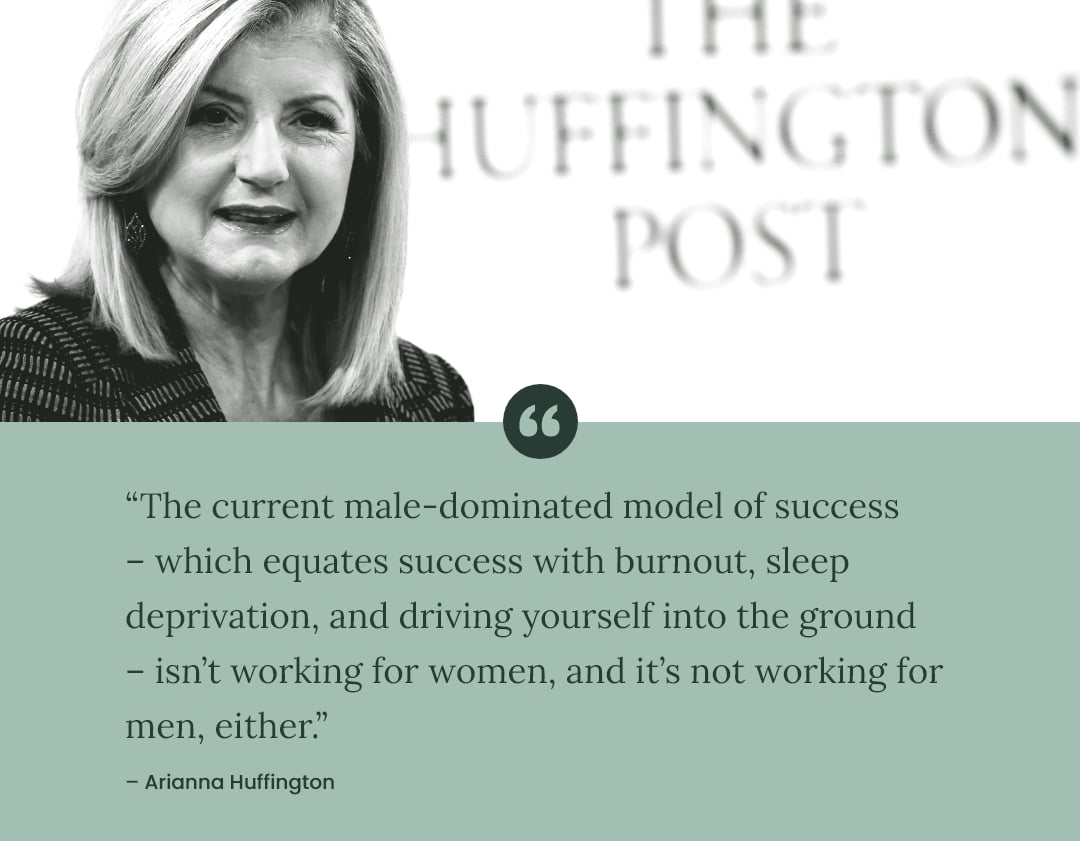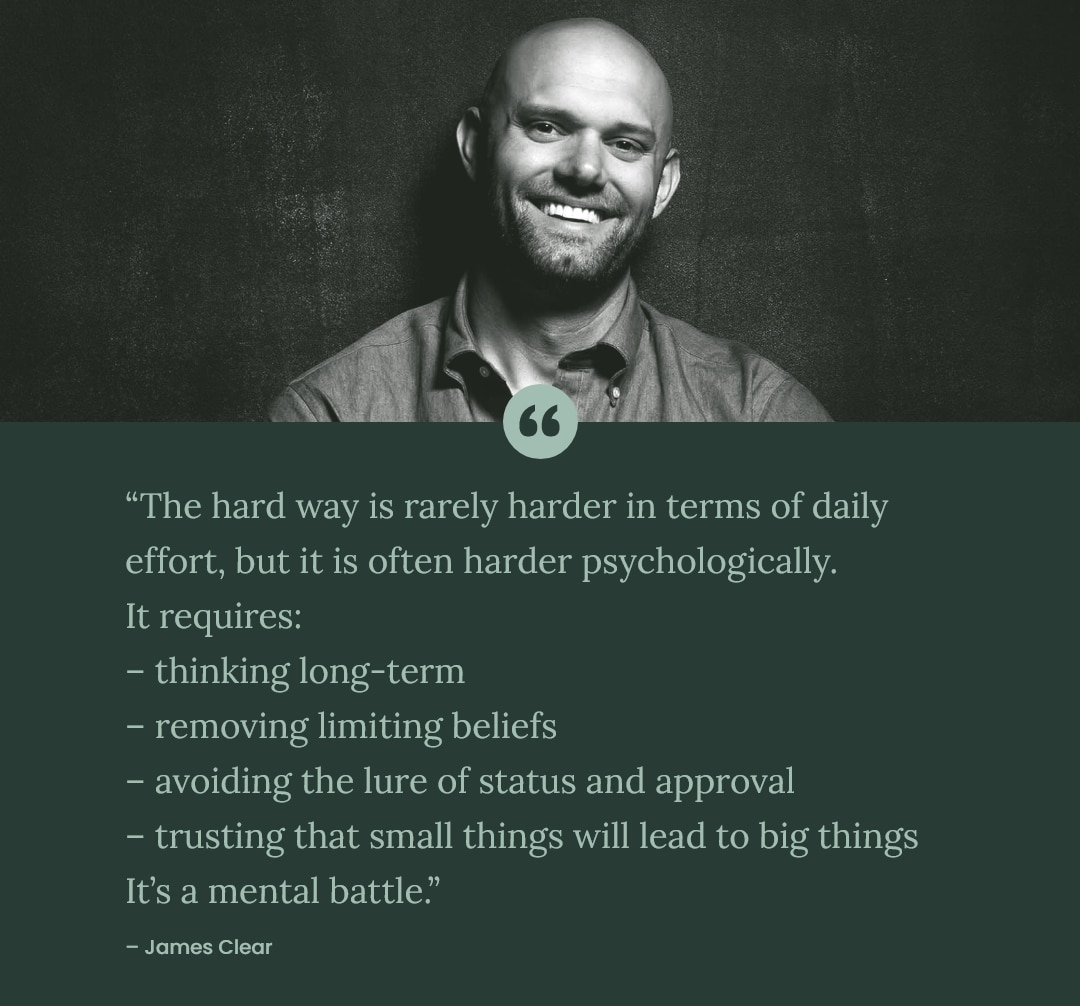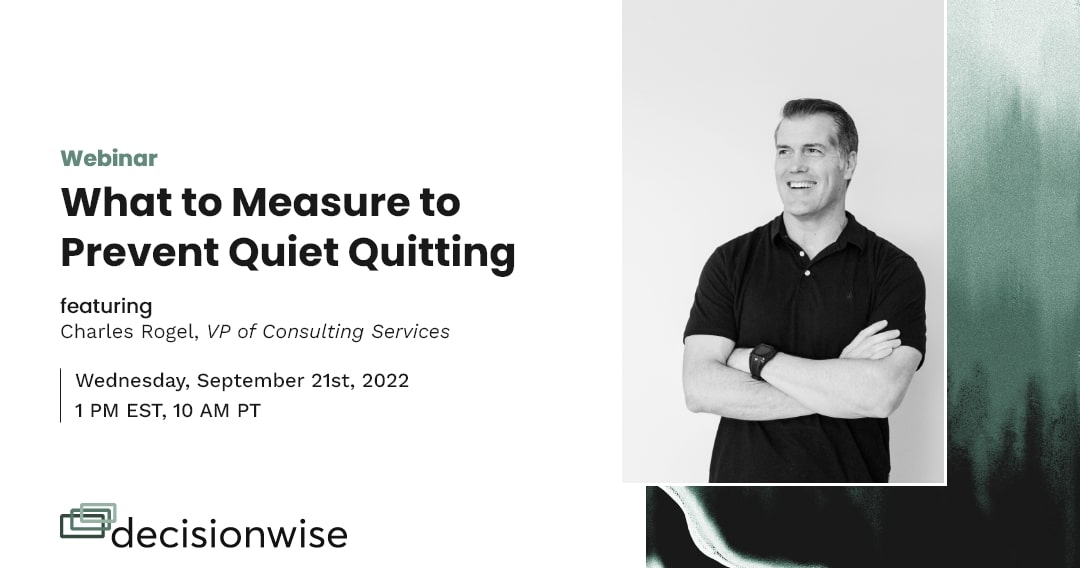Tidbits
Sacrifice is worth it, but only when you fully understand what you are giving up and the why behind the sacrifice.
It is always better to win the war than merely a few battles intermixed amidst the frenzy.
For too long we have defined success by extreme hours and burnout instead of by accomplishment.
Clear is such a clear thinker (pun intended). He sifts through complexity to remind us of the core things we all want.
Find out what your employee survey can tell you about quiet quitting in our upcoming webinar on September 21st!
Brilliant in the Basics: Six Simple Statements That Can Help Anyone Improve Their One-On-One Conversations
Words matter. We know this to be the case in our social and family relationships, but we sometimes overlook their power when it comes to work relationships. Indeed, I have found that words are doubly important in the workplace because you don’t always have those natural elements of support and trust that exist inside friendships and familial bonds.
To help you strengthen your work relationships, here are six simple statements that will help you communicate a little bit better during your one-on-ones at work.
- “This is what I hear you saying.” Communication is hard, and I have found that it takes repeated attempts before something is truly understood as intended. “This is what I hear you saying” gives both parties a chance to get on the same page. It also sends that ever important signal that you are trying to listen.
- “How would that work?” Ever get a suggestion from an employee and you aren’t sure what to do with it? Give yourself some time to process the suggestion by saying, “Tell me more, how would that work?” Don’t just shoot down their ideas.
- “Please forgive me.” The best leaders admit when they are wrong. It’s important to go beyond the proverbial, “We all make mistakes.” Own it. Say you’re sorry.
- “I appreciate it when you do this…” or “I love this about you.” Move past the perfunctory “Thank you.” Be specific. Honor the person by taking the time to really explain what you appreciate, why, and how it makes your life better.
- “It is so helpful when…” When an employee does something great, reinforce their helpful behavior. A great way to make your point is to say, “I need more of this!” People want to be helpful. They want to be needed. Instead of telling them what to do, paint them a picture of how they can be more helpful to you and the organization.
- “I am sensing…” If you don’t know how to start a difficult conversation, try starting with this, “I am sensing that…” “we are misaligned”, “you might be struggling”, or “you may need some additional support from me.” When providing redirecting feedback, insert yourself as a resource to help them improve, and try to be optimistic.
In conclusion, you can’t go wrong if you follow the SBI model of feedback (situation, behavior, impact). Dispassionately describe the situation and behavior as if you were a court reporter trying to capture everything. Don’t make value judgments, such as, “I couldn’t believe you were 15 minutes late to the pitch session.” Instead, simply say “You were fifteen minutes late.” Then, describe how your co-worker’s behavior impacted you or the organization. For example, say something like, “We may have missed the opportunity to close the deal because we didn’t have enough time to get through our presentation.” Don’t say, “You’re so disorganized; you cost us a huge client.” We know when we have let others down. Help them see the impact but stop there. Most often, there is little need to pile on.
Hopefully, these simple starter phrases, along with the SBI model of feedback, will help you improve your one-on-one dynamics.
Featured Discussion: Signs of Burnout
Lately, there has been a strong uptick in media attention surrounding the concept of quiet quitting. The most common definition is that quiet quitting is when an employee does the bare minimum just to collect a paycheck. Ironically, “getting by” has been something managers have combatted for hundreds of years; we simply have a new name for it, and that name has gone viral.
In many respects, quiet quitting is an outcome of employee burnout. The challenge with burnout is that it hurts not only those suffering from it, but also hurts other team members. A minimum effort from some on the team loads others with extra work, thereby increasing the likelihood of their burnout. A vicious cycle then ensues.
To fully appreciate quiet quitting’s danger, contrast it with the power and optimism of employee engagement. Employee engagement is an employee’s positive emotional response to their employee experience, and it is manifested by observable behaviors such as increased discretionary effort and motivation, improved KPIs, higher retention rates, and improved levels of satisfaction.
Today’s featured discussion will focus on common signs that accompany burnout. In our next session, we will highlight tips and suggestions for managers to combat burnout in their teams.
If you are experiencing any of these signs, you may be suffering from burnout:
Exhaustion and sleep problems. You may notice a real sense of exhaustion, which can impact your normal sleep patterns. It’s not normal to be physically and emotionally exhausted. What is causing the distress?
Irritability. We all know that when we are stressed, we become irritable. To protect us, our brain’s limbic system takes over, and we process everything as a new threat, instead of seeing new opportunities, which may be rewarding and fun.
Heightened worry and anxiety. Not only do you stop sleeping, but you fill the nighttime hours worrying about work. High anxiety and worry are common signs of burnout.
Declining performance. Burnout will cause you to miss things and make needless mistakes. One of my favorite supervisors would never allow us to work all-nighters. She would send us home by midnight or 1 am and ask that we come back by 6 am. She would say, “Being overly tired is going to cause you to make mistakes, which will only hurt us more.”
Short-term focus. When you are simply trying to survive, the only thing that matters is what’s in front of you. Burnout zaps us of our ability to think about the long-term ramifications.
Cynicism, disillusionment, or numbness. We have all been here. Suddenly, what was once a great place to work, is an evil overlord or your boss is now a tyrant. Too much stress can dramatically alter our perceptions.
Tension headaches and other physical manifestations. Physical problems resulting from stress are real and damaging. Are you experiencing headaches regularly? Do you wake up with an upset stomach every morning?
Lack of creativity and innovation. Just like your long-term perspective goes away, creativity and innovation decline. The body must conserve energy, and the first thing it cuts is anything discretionary.
Lack of motivation and energy. Are you having trouble dragging yourself out of bed? Does everything feel like drudgery?
Increased use of stimulants or other substances. If the wine is flowing at night, you might want to check your burnout levels.
While these indicators are a good way to self-audit your status, if you are a leader, there are other ways to look for, or even anticipate, burnout in others. Here are 10 basic questions that we recommend as part of regular team pulse surveys.
- My job makes me feel energized.
- I have enough energy to pursue non-work activities after work.
- I am not emotionally spent after work.
- I have positive feelings towards those I work with or serve.
- I care what happens to every client, customer, student, or patient.
- I treat others as individuals with unique needs.
- My job provides me with a sense of meaning and purpose.
- I find joy in being able to help those around me, including our clients, customers, students, or patients.
- My work makes a difference.
- I am pleased with what I can do to help our clients, customers, students, or patients.
As suggested, try using these questions, or a combination of them, in a brief survey the next time you sense burnout happening in your team. Getting ahead of burnout is a great way to fight off quiet quitting or to prevent key employees from going elsewhere.
As noted, next week we will focus on tips and suggestions on how leaders and managers can combat burnout.
What’s Happening at DecisionWise
UPCOMING WEBINAR: September 21, 2022 | 11 AM MST. REGISTER NOW TO RESERVE YOUR SPOT!
This webinar qualifies for HRCI and SHRM credit.
WE WERE QUOTED IN FORBES:
“When an individual demonstrates value to the organization, people will listen. Rather than starting with “advocating for oneself,” begin by showing the value. Leaders can help employees highlight their strengths and make others aware of what they bring to the table. When others see this value, they are much more receptive.
— Tracy Maylett, CEO DecisionWise
HR News Roundup
Here are some other great tips and resources from the past two weeks, curated to save you some time.
- 15 Best Practices for Engaging Employees in the Company Culture (Newsweek)
- HR Managers Provide Eight Tips To Foster Employee Advocacy At Work (Forbes)
- To Engage Your Employees, Look Outside the Company (Inc.)
- 6 ways people analytics can help HR improve retention (TechTarget)
- What to do after you get employee survey results back (HR Morning)
- What is the future of the employee experience? (FastCompany)











